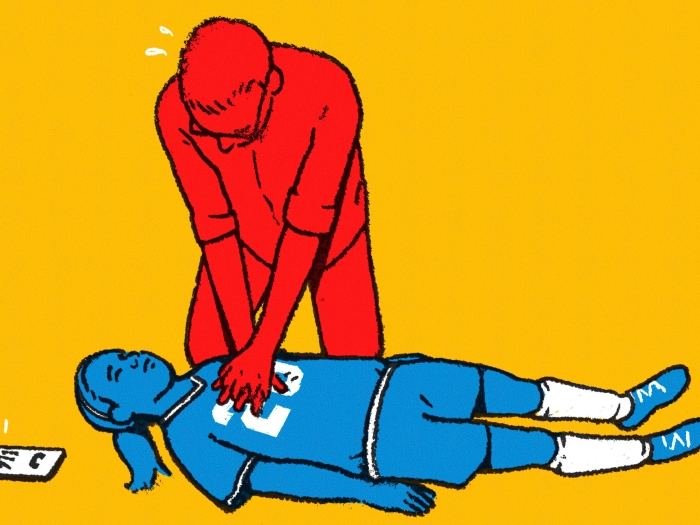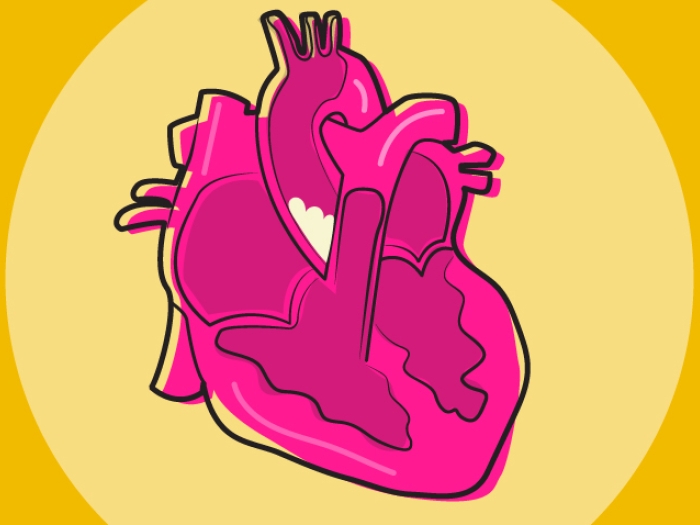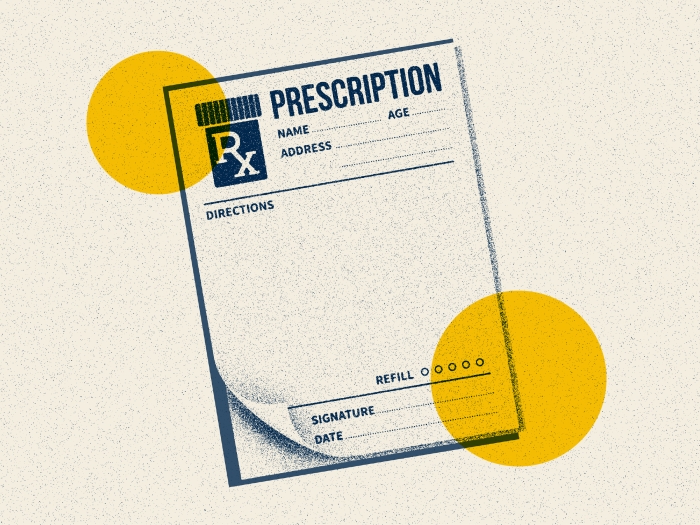Bad air isn’t just a nuisance; it’s believed to contribute to heart disease. And the risk isn’t only found in those heavily polluted cities seen on the news.
8:00 AM
Author |

It's no surprise that scenes of smog-filled streets in China and India featured on the news in recent months don't represent an ideal place for a person to breathe.
For years, Robert Brook, M.D., and other experts have suspected that such conditions — brought on by microscopic particles known as PM2.5 — can exacerbate heart disease.
Brook, a physician scientist in cardiovascular medicine and professor of internal medicine at the University of Michigan, published a study in the journal Hypertension in January about the association. Data culled from the monitoring of 65 nonsmoking adults in Beijing revealed that exposure to high levels of pollution was tied to an increase in blood pressure and blood sugar, likely playing a role in an elevated risk of hypertension and diabetes.
"Chronic exposure can promote the development of these diseases," says Brook. "Billions of people are exposed to these levels."
But rapidly developing foreign countries or nations with lax regulations aren't the only places that harbor such hazards.
A University of Washington-led study released last month in The Lancet hit far closer to home: Pollution in the United States — where PM2.5 levels are, on average, one-tenth of those in China — also puts people at risk.
Those living in areas with higher outdoor pollution, according to the study — which encompassed six major metropolitan areas including New York and Los Angeles — built up coronary-artery calcium at an accelerated rate of 20 percent. Such calcium buildup, a marker for coronary atherosclerosis, can lead to higher risk of heart attack and stroke.
Perhaps more troublesome, the decade-long survey of 6,000 participants — a $30 million undertaking funded by the U.S. Environmental Protection Agency and the National Institutes of Health — was comprised largely of healthy people. (Brook's analysis, on the other hand, followed people with an existing history of hypertension or weight problems, among other issues.)
The latest findings, says Brook, reaffirm that the situation should concern everyone — regardless of their health status or where they live.
And despite dramatic improvement in U.S. air quality over the past several decades, Brook notes, "The question is: How low do we need to go to mitigate all adverse health effects?"
Air pollution is a leading cause of morbidity in the world. This is an important, timely health issue to study.Robert Brook, M.D.
Hidden dangers
Fine particulate matter less than 2.5 microns in diameter, PM2.5 consists of dust, dirt, soot and smoke. Suspended in air, it comes from both natural and man-made sources such as power plants, exhaust and burning wood.
Although the specific ways that the particles cause harm is still under investigation, basic mechanisms are known, Brook says.
In some circumstances, inhaling the particles can cause inflammation in the lungs — with the effect spilling over into the rest of the body, including the heart and blood vessels.
Second, he says, the presence of particles can trigger the body's nervous system and, in turn, cause an imbalance that spikes blood pressure and can increase the likelihood of a heart attack, stroke, heart failure exacerbation or arrhythmia.
Such scenarios "don't occur in isolation or are mutually exclusive," Brook says. "They probably occur in tandem, depending on time frame of exposure."
Due to their tiny size, particles are also believed to somehow directly enter the bloodstream, Brook notes, but that hasn't yet been proven.
Winds of change
The results of the wide-reaching Lancet study, Brook says, ought to prompt a continued public policy discussion and push the public to not be complacent with current air quality in the United States.
"We should continue to support scientific evidence that suggests clean air is actually healthy for you," Brook says. "Now is not the time to forget the great improvements we've made — this is a success story — but we shouldn't play on ignorance that air pollution is not a (domestic) problem anymore."
Although a recent study linked indoor air purifiers to decreased risk in high-pollution areas, more research needs to be done on other preventive measures, such as paper masks (the ones often seen in the media), to see if there's any substantial protection against long-term illness, Brook says.
As a practitioner of medicine in the "very clean" environs of Ann Arbor, Michigan, he notes that most of the time spent advising cardiac patients is focused on other risks: salt intake, diet, exercise and avoiding secondhand smoke.
Still, the stuff we breathe needs to make up a greater part of the conversation.
"Outdoor air pollution is a leading cause of morbidity in the world," Brook says. "This is an important, timely health issue to study."

Explore a variety of healthcare news & stories by visiting the Health Lab home page for more articles.

Department of Communication at Michigan Medicine
Want top health & research news weekly? Sign up for Health Lab’s newsletters today!





